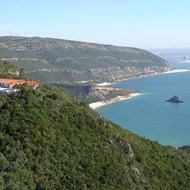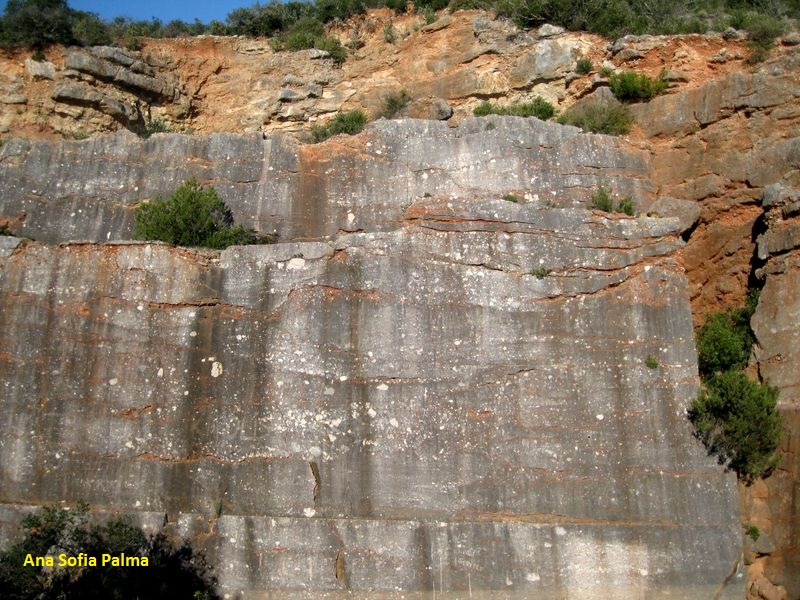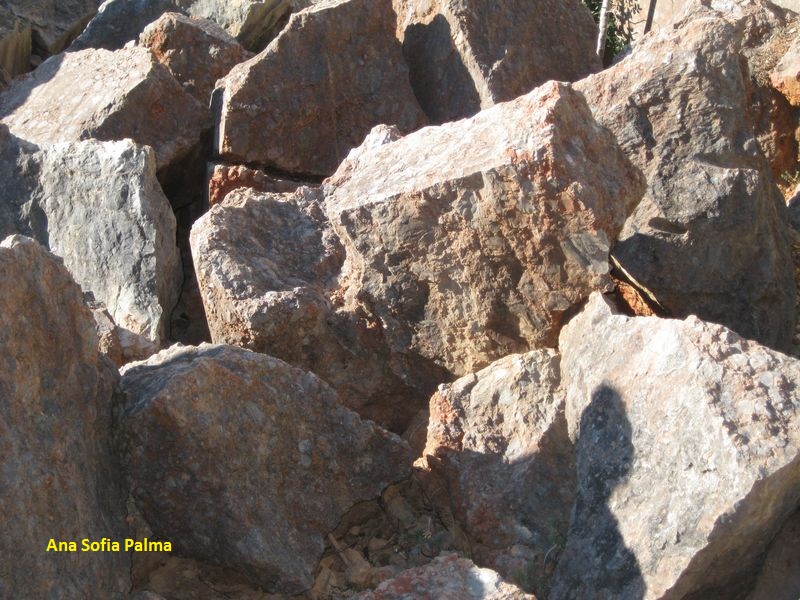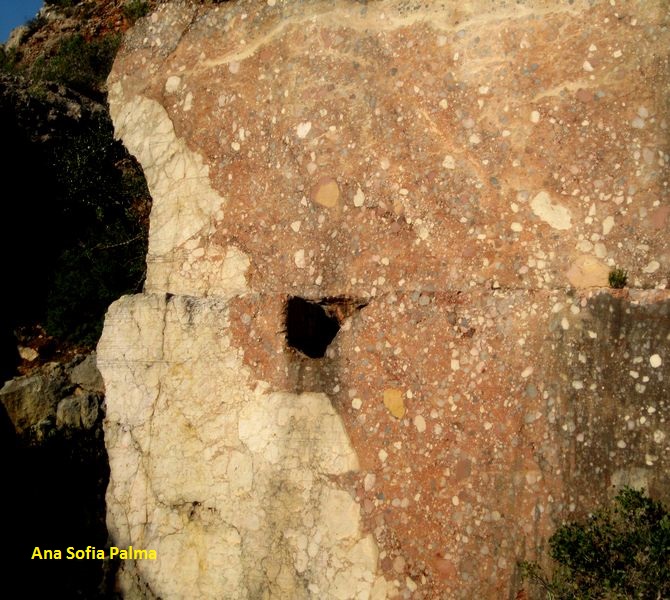"Jasper" Quarry
Share Image
-
"Jasper" Quarry
-
Lisboa e Vale do Tejo
-
Setúbal
-
Arrábida Nature Park
Identification and Access
-
No
-
GPS: 38.457778, -9.010556
Base Characterization
-
The "Jasper" Quarry, closed since the 70s, exhibits one of the more characteristic Portuguese sedimentary rocks, Brecha da Arrábida (Arrábida breccia), with carbonated multicolored fragments connected by a reddish cement. This rock was widely used as an ornamental stone. The importance of this location is further justified by the rare occurrence of a set of geological structures with exceptional exposure quality.
The international importance of this site is justified by the occurrence of a rare set of geological structures with exceptional quality of exposure and revealing important episodes of Earth History.
Here you can observe the best exposure to one of the main discontinuities of the Lusitanian Basin (corresponding to a hiatus of 3 to 5 MA, between the Upper Calovian and the Oxfordian). The outcroppings of the Jaspe Quarry highlight a series of processes related to its genesis, such as conjugated normal faults (forming a graben), surface exposure and karstification of fault polish and subaerial deposition, alluvial to fluvial.
Fault –cracks in the Earth's crust where movement occurs on at least one side.
Fault polish – rock surface polished by the movements of the walls of the fault.
Graben – german word meaning a block that has dropped relatively downward between two normal faults.
Karst - a distinctive topography that indicates dissolution of underlying soluble rocks by surface or ground water in areas of easily soluble rocks. The name comes from Karst, a region in Slovenia with this type of landscape, characterized by caves, underground drainage and sinkholes.
-
International
Learn more
Infrastructures

ICNF - Instituto da Conservação da Natureza e das Florestas, I.P.
Where the hills and sea melt
Lisbon and Tagus ValleyLisbon and Tagus ValleyLisbon and Tagus ValleyLisbon and Tagus Valley














